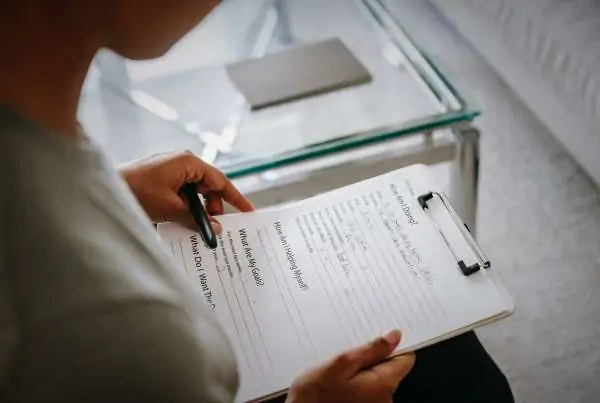Anxiety is a normal function of stress. It is the nervous system’s way of telling you it’s on  overload and needs a break. Scientists have discovered that the amygdala and hippocampus play a significant part in most anxiety disorders. The amydgala is the part of the brain that alerts the rest of the brain and lets it know a threat is present; this will trigger a fear or anxiety response. The job of the hippocampus is to convert threatening events into memories. Interestingly, research is showing that the hippocampus appears to be smaller in people who have suffered from child abuse or served in the military.
overload and needs a break. Scientists have discovered that the amygdala and hippocampus play a significant part in most anxiety disorders. The amydgala is the part of the brain that alerts the rest of the brain and lets it know a threat is present; this will trigger a fear or anxiety response. The job of the hippocampus is to convert threatening events into memories. Interestingly, research is showing that the hippocampus appears to be smaller in people who have suffered from child abuse or served in the military.
Further research will begin to provide clarifying information regarding not only the size of the hippocampus in PTSD sufferers, but also the cause of fragmented memories, deficits in explicit memories, and flashbacks. Understanding the functionality of the brain will help scientists form more salient ways in which to provide medical relief for anxiety sufferers.
Fact: 8 percent of teens ages 13–18 have an anxiety disorder, with symptoms commonly emerging around age 6. However, of these teens, only 18 percent received mental health care.
How is anxiety usually treated?
Medication is one option typically given to anxiety sufferers. It is a cure, but rather a means of managing the symptoms. Often patients are given:
- >Antidepressants
- SSRIs, Tricyclics, MAOIs, anti-anxiety medications
- Anti-anxiety drugs:
- Benzodiazepines
- Beta-blockers – which treat the physical symptoms of anxiety
In addition to medication or sometimes in lieu of, therapists may use modalities like:
- Cognitive Behavioral Therapy (CBT)
- Dialectical Behavioral Therapy (DBT)
- Exposure Based Behavioral Therapy
- EMDR
- Mindfulness Based Stress Reduction
You can also try one or all of these 8 tools for managing anxiety:
1. Deep breathing exercises: Deep diaphragmic breath helps activate the body’s relaxation response. Practice exhaling on a longer count than your inhale. This is a wonderful tool to use to bring the heart rate down, provide oxygen to the blood and to the lungs.
2. Use calming visualization: Close your eyes and visualize a place that elicits a state of calm. It could be the beach, the mountains, a forest, being in the ocean, or doing something else that you love. This is a way of accessing one of your resources—something that calms you and engages your body’s nervous system.
3. Do something physical: go to the gym, go for a run, do a strong yoga class, do some jumping jacks, skateboard, or roller skate. In other words, get your endorphins going.
4. Play a musical instrument. For example, one of our teens plays the bass when he’s anxious. Perhaps you play the guitar, or the accordion. Get down and make some music!
5. Connect with a friend so you are not alone. Maybe watch a funny movie together or blast some music and have a silly dance party.
6. Create a gratitude journal. Write down 5 things you are grateful for and challenge yourself to write this list every day .
7. Focus on a meaningful, goal orienting activity: playing a game with a friend, building something, creating art, or singing.
8. Accept that you are anxious – it is a feeling. It doesn’t mean you like it or want it to be there, it means you are accepting where you are in that moment. The more you talk about how anxious you are, the more anxious you will feel. Accepting where you are allows you to stay in the present–when we are anxious, we are stuck in the future.
Anxiety can be accepted and worked with or it can be ignored. Ignoring it leaves you vulnerable to persistent dysregulation and misery. Addressing anxiety and facing it head on allows you to develop self-regulatory techniques. The latter will facilitate emotional regulation and the ability to approach triggers and difficulties more skillfully.








